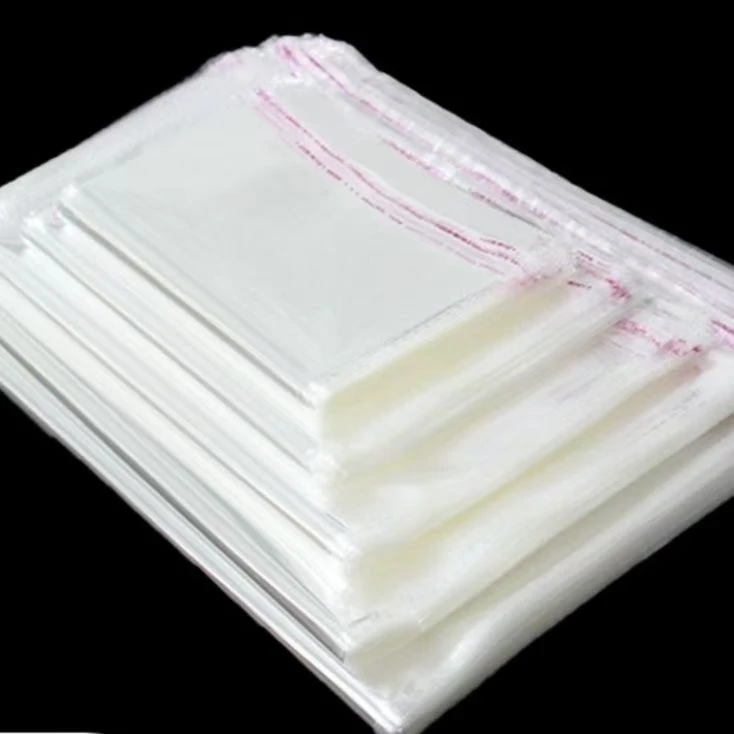The Rise of Biodegradable Food Packaging A Sustainable Future
In recent years, the environmental impact of plastic waste has garnered increasing attention, prompting a shift towards more sustainable alternatives in various industries. One notable development is the rise of biodegradable food packaging, which offers a promising solution to combat the environmental crisis associated with traditional plastic packaging.
Biodegradable food packaging is crafted from materials that can decompose naturally over time, minimizing their impact on the planet. Unlike conventional plastics that can take hundreds of years to break down, biodegradable options typically break down within months to a few years, depending on environmental conditions. Common materials used in biodegradable packaging include plant-based substances such as cornstarch, sugarcane, and bamboo, which not only reduce reliance on fossil fuels but also promote a circular economy.
One of the key advantages of biodegradable food packaging is its potential to significantly reduce landfill waste. In many parts of the world, food waste is a major contributor to landfill overflow, exacerbating greenhouse gas emissions like methane. By employing biodegradable packaging, businesses can lessen the volume of waste sent to landfills while simultaneously addressing food preservation needs. When disposed of properly, these materials can return to the earth, enriching soil rather than contributing to pollution.
biodegradable food packaging

Furthermore, consumers are increasingly concerned about sustainability and are actively seeking eco-friendly products. As awareness around climate change grows, businesses that adopt biodegradable packaging can appeal to environmentally conscious consumers. This shift can enhance a brand's reputation, foster customer loyalty, and even provide a competitive edge in a market that values sustainability. Companies that prioritize green initiatives may find that this commitment attracts not only consumers but also investors looking for socially responsible opportunities.
Despite the many benefits, challenges remain in the widespread adoption of biodegradable food packaging. One primary concern is the cost; biodegradable materials can often be more expensive than traditional plastics. Additionally, the production and disposal infrastructure for these materials can be less developed, leading to confusion among consumers about proper disposal methods. For biodegradable packaging to be effective, consumers must understand how to dispose of it correctly to ensure it decomposes as intended.
In conclusion, biodegradable food packaging represents a significant step toward a more sustainable future. By reducing waste, appealing to environmentally conscious consumers, and fostering innovation in materials science, biodegradable packaging has the potential to transform the food industry. However, for it to realize its full potential, stakeholders must address the economic and infrastructure hurdles that currently limit its widespread use. With continued research, investment, and public awareness, biodegradable food packaging may one day become the norm, paving the way for a healthier planet.



